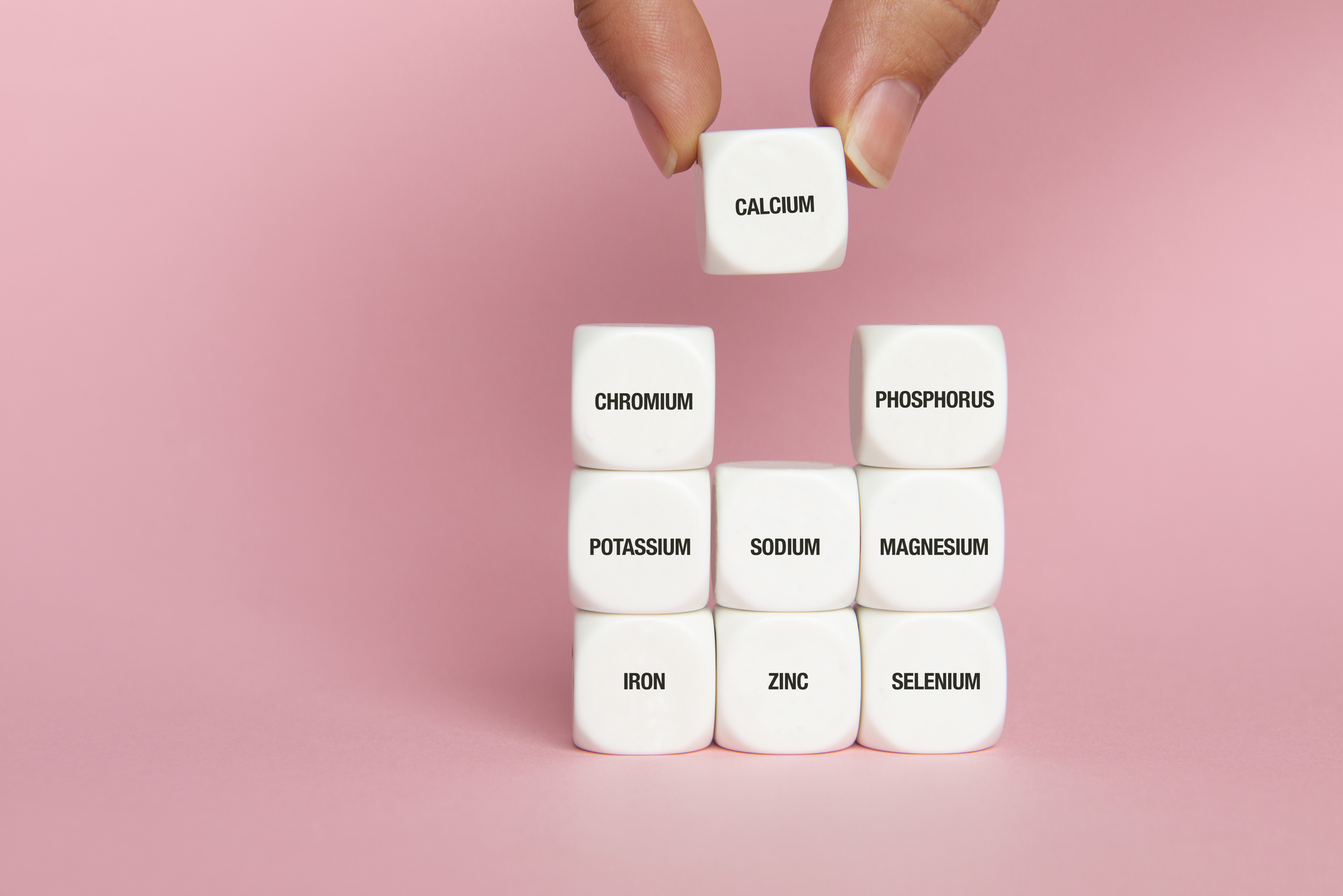

You may be surprised to read about a mineral your doctor will tell you is a must to keep your body healthy, but can sometimes go awry…
It’s a mineral that’s known for keeping your bones and teeth strong but can sometimes end up in places it doesn’t belong — and that can be a problem.
Yes, we’re talking about calcium.
You may have read about what happens when calcium is deposited in arteries, the heart and kidneys, and even joints. But you may not have heard of the cancer connection…
For years tiny calcium deposits known as microcalcifications have been seen on mammograms. Often they’re harmless, but in some cases can signal the risk of developing breast cancer. But too little has been known about them.
Hopefully, that’s about to change. Researchers from Cornell University realize there’s much more they can tell us, including clues about the progression of breast cancer and other diseases…
The cancer connection
According to study co-senior author Lara Estroff, she and her team hope to look beyond the resolution of the mammogram, at the microscopic and chemical level, to gain a better understanding of microcalcifications in the breast.
More than a decade ago, Estroff was involved in collaborative research exploring the metastatic spread of breast cancer to bone. It was then that a bizarre phenomenon was discovered in which bone-like mineral appeared at primary tumor sites.
That led the researchers to believe that these microcalcifications could be capable of capturing elements of the tissue microenvironment where they form, almost like a snapshot.
“Minerals have different rules than biology,” explains lead author Jennie Kunitake, Ph.D. “Minerals forming in breast cancer could be trapping chemical information that reflect their formation environment, and that could potentially have clinical value and relevance.”
Estroff and Kunitake connected with researchers at Memorial Sloan Kettering Cancer Center, who provided tissue samples containing microcalcifications from 40 breast cancer patients. After obtaining high-resolution, three-dimensional maps of the chemistry of the mineral and the organic matrix of microcalcifications in the samples, the researchers found that:
- Cancer-associated microcalcifications cluster into distinct groups that reflect the tissue type and local malignancy.
- Malignant calcifications contain higher levels of trace minerals including zinc, iron and aluminum.
- The ratio of lipids to proteins within microcalcifications is lower in patients with poor prognoses.
While the researchers are not sure if the microcalcifications form before cancer develops or because of it (think the old chicken and the egg question), these findings indicate there is a definite correlation between tissue calcification, breast cancer and the severity of the disease.
It’s a correlation that the researchers hope may also one day help in other types of cancer, such as thyroid and ovarian cancer.
They also plan to study and apply their approach to other pathological mineralization diseases, such as calcific aortic valve disease, in which mineral forms in the heart valve, or as Estroff says, “the mineral is the disease.”
When calcium goes bad
When processes in your body are working optimally, the calcium you take in on a daily basis — whether through diet or supplementation — is directed to your bones and teeth where it can do the job it was meant for.
But, everything doesn’t always go as planned. Different factors can affect the deposition of calcium in various parts of the body including:
Inflammation: Inflammation can damage tissue anywhere in the body. When it does, the body releases proteins that cause the calcium to bind together in clumps.
Calcium metabolism disorders: These can lead to hypercalcemia, which occurs when there is too much calcium in the blood.
Some autoimmune disorders. Because they can affect the skeletal system and connective tissues, they can cause calcification.
Smoking: Smoking causes an increase in calcification in the heart and arteries.
Aside from calcification in breast tissue as a marker of underlying cancer development, Breastcancer.org lists other reasons calcification may be seen in a mammogram, including:
- Benign growths such as a fibroadenoma.
- Breast cysts.
- Past radiation therapy to the breast.
- Calcium buildup in blood vessels of the breast. This is the same process that causes calcium to build up in blood vessels throughout the body, a condition called atherosclerosis.
Sources:
Microcalcification ‘fingerprints’ can yield info about cancer – EurekAlert!
Calcium Deposits – Cleveland Clinic